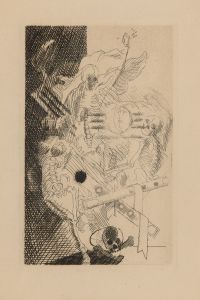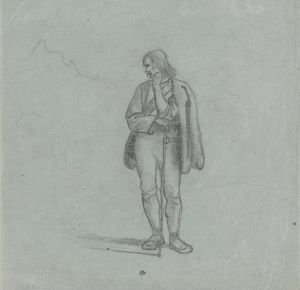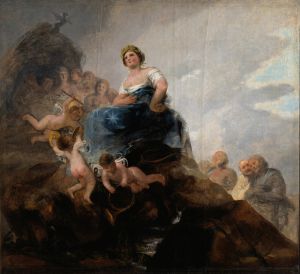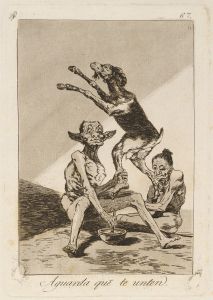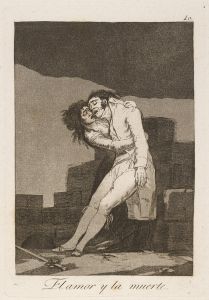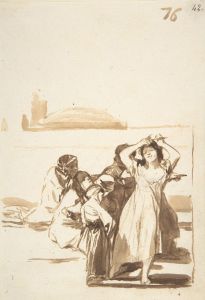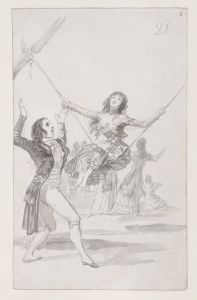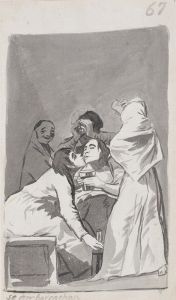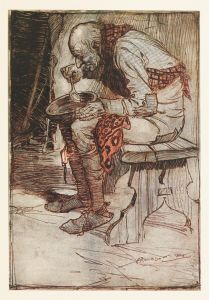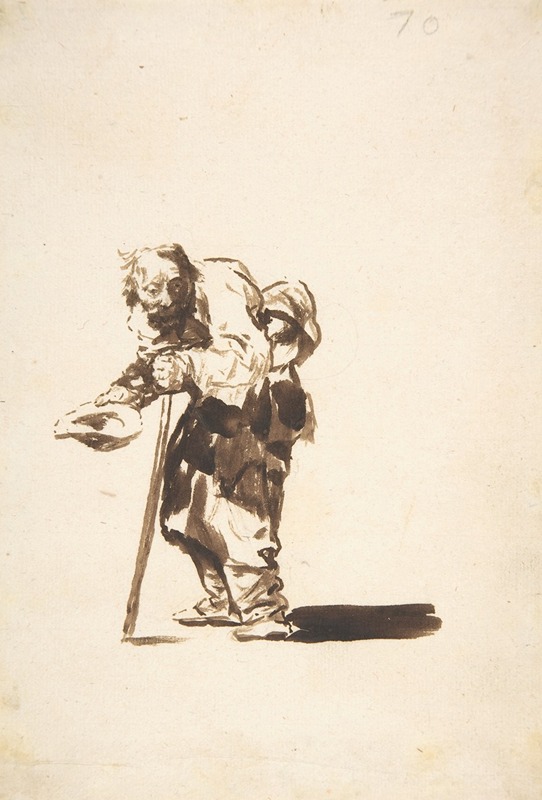
Beggar with a staff in his left hand
A hand-painted replica of Francisco de Goya’s masterpiece Beggar with a staff in his left hand, meticulously crafted by professional artists to capture the true essence of the original. Each piece is created with museum-quality canvas and rare mineral pigments, carefully painted by experienced artists with delicate brushstrokes and rich, layered colors to perfectly recreate the texture of the original artwork. Unlike machine-printed reproductions, this hand-painted version brings the painting to life, infused with the artist’s emotions and skill in every stroke. Whether for personal collection or home decoration, it instantly elevates the artistic atmosphere of any space.
Francisco de Goya, one of Spain's most renowned painters, is celebrated for his profound impact on the art world during the late 18th and early 19th centuries. Among his extensive body of work, "Beggar with a Staff in His Left Hand" is a lesser-known piece that reflects Goya's interest in depicting the human condition and social issues of his time.
"Beggar with a Staff in His Left Hand" is an oil painting that showcases Goya's skill in capturing the essence of his subjects with empathy and realism. The painting features a solitary figure, a beggar, who is depicted with a staff in his left hand. This imagery is significant as it highlights the themes of poverty and hardship, common subjects in Goya's oeuvre. The beggar's expression and posture convey a sense of dignity despite his apparent destitution, a testament to Goya's ability to portray the resilience of the human spirit.
Goya's work often delved into the darker aspects of society, and this painting is no exception. During the time Goya was active, Spain was undergoing significant social and political changes, including the effects of the Enlightenment and the turmoil of the Napoleonic Wars. These events influenced Goya's perspective and are reflected in his art, which frequently critiqued the social injustices and inequalities of his era.
The painting's composition is simple yet effective. The beggar is the focal point, set against a muted background that emphasizes his presence and condition. Goya's use of color and light in this piece is subtle, with earthy tones that enhance the somber mood of the painting. The texture and brushwork are characteristic of Goya's style, adding depth and realism to the figure.
Goya's portrayal of beggars and the impoverished was not uncommon in his work. He often used such subjects to comment on the broader societal issues of his time. By focusing on individuals who were marginalized and overlooked, Goya brought attention to the plight of the poor and the need for compassion and reform.
"Beggar with a Staff in His Left Hand" is a reflection of Goya's broader artistic and philosophical concerns. It exemplifies his commitment to realism and his desire to use art as a means of social commentary. While this particular painting may not be as widely recognized as some of his other works, it remains an important piece within his portfolio, illustrating his mastery of portraiture and his deep empathy for the human condition.
In summary, Francisco de Goya's "Beggar with a Staff in His Left Hand" is a poignant representation of poverty and resilience. Through his skilled use of composition, color, and expression, Goya captures the dignity of his subject while simultaneously critiquing the societal issues of his time. This painting, like much of Goya's work, serves as a powerful reminder of the enduring struggles faced by the less fortunate and the artist's role in highlighting these challenges.






